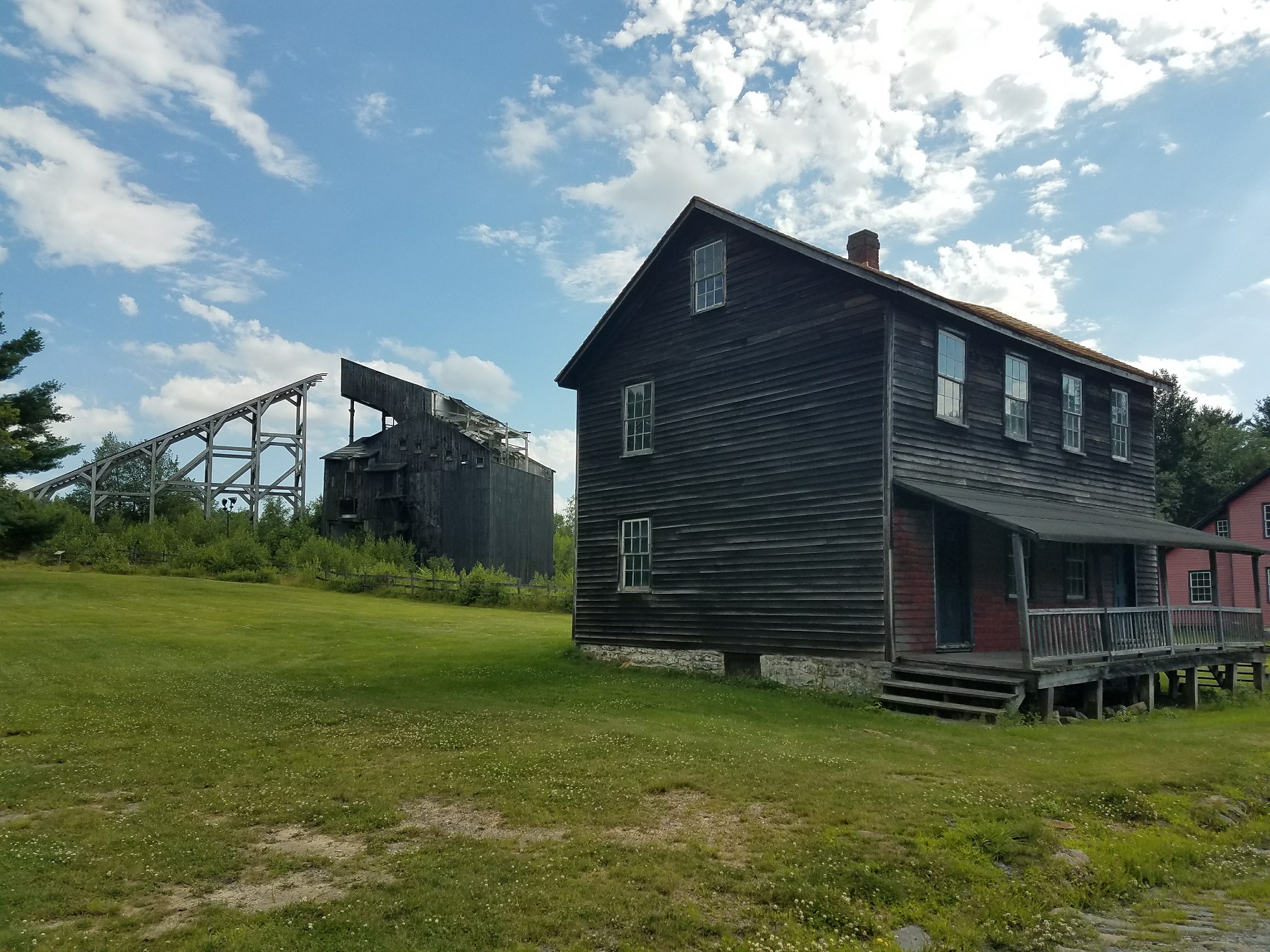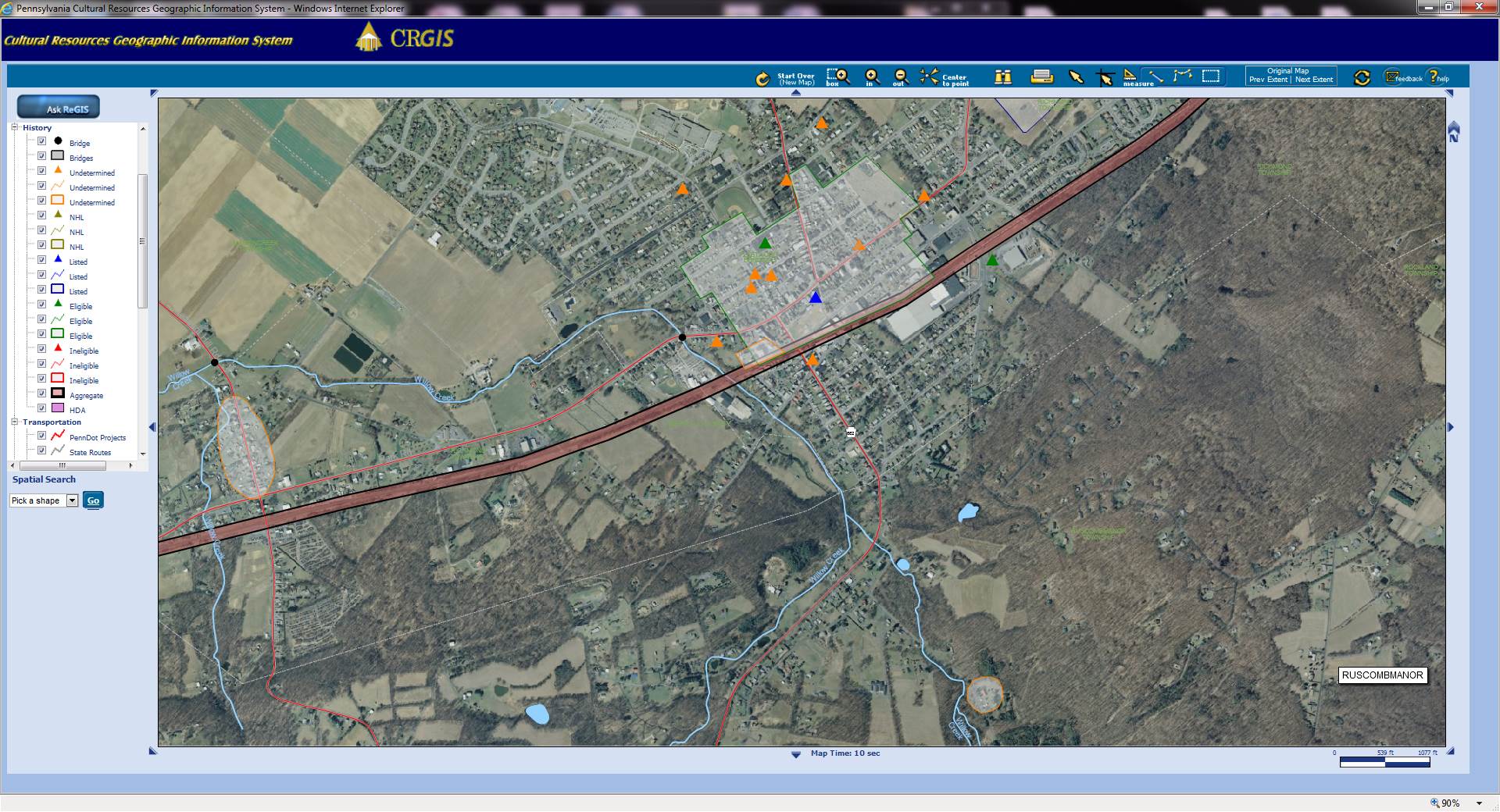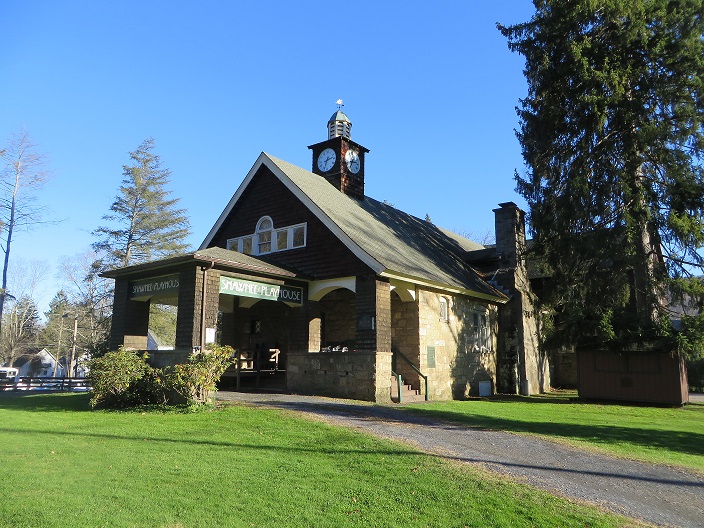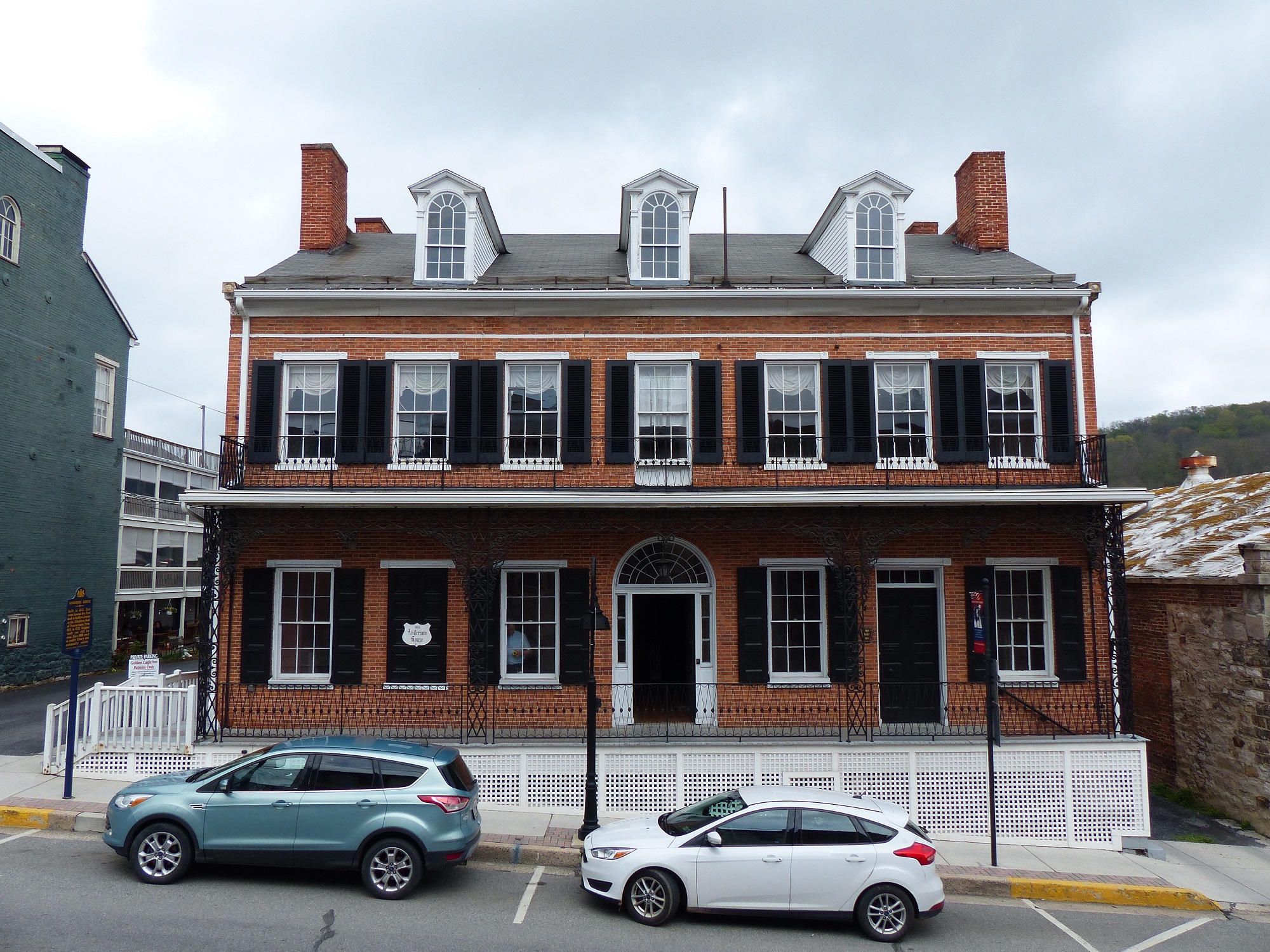Have you ever wondered WHERE local historic preservation programs are being implemented in Pennsylvania? Continue reading

Blog of the Pennsylvania State Historic Preservation Office

Have you ever wondered WHERE local historic preservation programs are being implemented in Pennsylvania? Continue reading

An intra-agency effort is underway to plan for the future of PHMC’s Eckley Miners’ Village. In October 2018, the PHMC was awarded a federal grant from the Appalachian Regional Commission to support the completion of a strategic plan for Eckley. The desired outcome will result in a sustainable future for Eckley that will enable the historic property to serve as a regional asset. The PHMC’s State Historic Preservation Office and Bureau of Historic Sites and Museums are partnering to engage stakeholders, gather ideas from the regional community, and lead the planning process. Continue reading

If you use Pennsylvania’s Cultural Resources GIS (CRGIS) on a regular basis, you already know that it is an invaluable resource for preservation planning and research– a one-stop shop for survey and inventory information on more than 130,000 historic properties across the state. Continue reading

In May 2018, as my daughter Josie was putting elementary school behind her, Pennsylvania’s new statewide historic preservation plan, #PreservAtionHappensHere, was released. The plan was developed with a series of guiding principles in mind, engaged thousands of Pennsylvanians, gathered and analyzed pages upon pages of data, was steered and tested by an external task force as well as dozens of planning partners, and was approved by the Pennsylvania Historic Preservation Board, PHMC Commissioners, the Governor’s Office and the National Park Service. Where do we go from here? What does 2019 hold for historic preservation in Pennsylvania? Continue reading

Last month we talked about how researching a place’s history and physical context factors into hazard planning, and what kinds of building elements are most at risk. This week’s post focuses on taking action and what can be done to protect historic places and their features. Continue reading
The Pennsylvania State Historic Preservation Office (PA SHPO) is happy to announce the opening of a new Preservation Services ITQ contract for future consulting opportunities with the PA SHPO. We are inviting consultants to pre-qualify and be notified of upcoming bids for the exciting work we do.
Continue readingAt the beginning of May, I promised we’d provide a recap of the #31for31 social media campaign to celebrate Preservation Month across Pennsylvania. If you missed a post on our Facebook page or in our Twitter feed, no worries! You can see it, and the rest of the month’s content, right here. Don’t miss the big announcement covered in the May 31st post! Continue reading

Picture yourself – lounging poolside, lakeside, or on the beach – with your tablet or smart phone (or even good old-fashioned paper) enjoying the hottest summer publication that hasn’t yet made the New York Times bestseller list: #preservationhappenshere, Pennsylvania’s next statewide historic preservation plan. Continue reading

Hazard Mitigation in a Historic Context – Wrapping up the Disaster Planning for Historic Properties Initiative
Three years ago, the Pennsylvania Historic Preservation Office (PA SHPO) announced that we were embarking on a new initiative to, for the first time in this office’s history, address the risks posed to historic properties by natural hazards, storms, and disasters. Continue reading

Bedford County sorely lacked a fine art museum after its previous institution dissolved in 2013. Two years later, The Southern Alleghenies Museum of Art (SAMA) decided to expand their satellite museum program into Bedford Borough and identified a historic building on Pitt Street as a prime location for the new fine art center. Continue reading
© 2025 Pennsylvania Historic Preservation
Theme by Anders Noren — Up ↑
Recent Comments